
Mayco’s Fundamentals® were developed by our ceramic engineer, manufactured under stringent QC standards, and tested by our staff artists for color consistency, usability, and performance on various clay bodies and firing temperatures.
Cone 06 chips have been fired flat in oxidation on white earthenware body. S-2101 Crystal Clear Brushing was applied to the right side of the chip.
Cone 6 chips have been fired flat in oxidation on white stoneware body.
Cone 10 chips have been fired flat in reduction on white stoneware body.
SW-001 Stoneware Clear Glaze was applied to the right side of the chip.
SW-004 Zinc-Free Clear was applied to the right side of the chip on UG-21 Leaf Green, UG-22 Spring Green,
UG-198 Dark Grey, UG-210 Forest Green, and UG-232 Olive.
Underglazes were the first product line Mayco produced in 1954 and continues to be a staple for many ceramic artists. Mayco Fundamentals® Underglazes are highly versatile – use for complete coverage or in design, apply to clay or bisque – with a broad firing range of cone 06 to cone 10. Fundamentals® Underglazes serve equally well for the student making their first pinch pot and the clay artist creating works for a gallery.
You deserve consistent performance each time you use and repurchase an underglaze.
Shake well. Apply 2-3 coats to wet clay, greenware, or cone 04 bisque for use in design or solid coverage. Fundamentals® have a firing range from cone 06 to cone 10. If the form you are painting has texture, dab excess color out of the texture, and never allow the glaze to pool in the texture. To intensify color or for use on dinnerware, apply a clear or matte clear glaze. For use on clay or greenware, apply underglaze, allow to dry, and fire to cone 04. If desired, apply clear glaze and re-fire to cones 06-05 for earthenware and cone 5-10 for stoneware (998°C–1285°C). For use on bisque, apply to cone 04 bisque, apply clear glaze if desired and re-fire earthenware to cone 06/05 and cone 5-10 for stoneware. Generally, a clear glaze finish is applied to bring out the true color and vividness of the product. We recommend S-2101 Clear for low-fire and SW-001 Stoneware Clear Glaze unless noted SW-004 Zinc-Free Clear for mid-range.
Fundamentals® Underglazes have been formulated to mature at cone 06/05. However, most will maintain their color at higher temperatures. Their performance at cone 6 is noted on each individual product label. We recommend testing on your clay body and in your kiln prior to use.
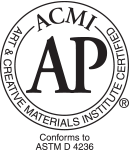


Fundamentals® Underglazes are AP Certified Non-Toxic and dinnerware safe when clear glaze or another glaze that creates a sealed and chemically durable finish is applied.
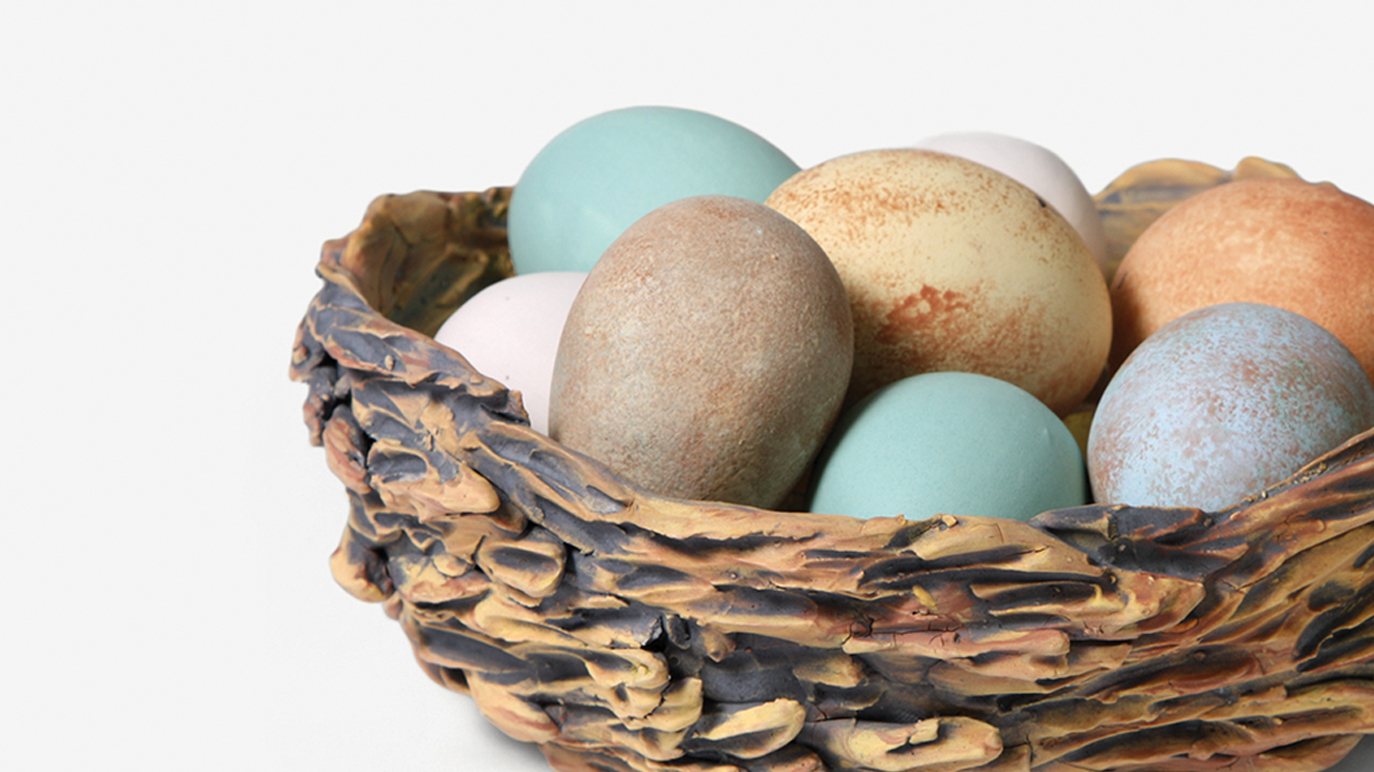
Fundamentals® Underglazes will fire matte without addition of a clear glaze. To intensify color or for use on dinnerware, apply clear or matte clear glaze. To create depth and contrast, combine the matte finish of Fundamentals® with a glossy glaze such as Stroke & Coat®.
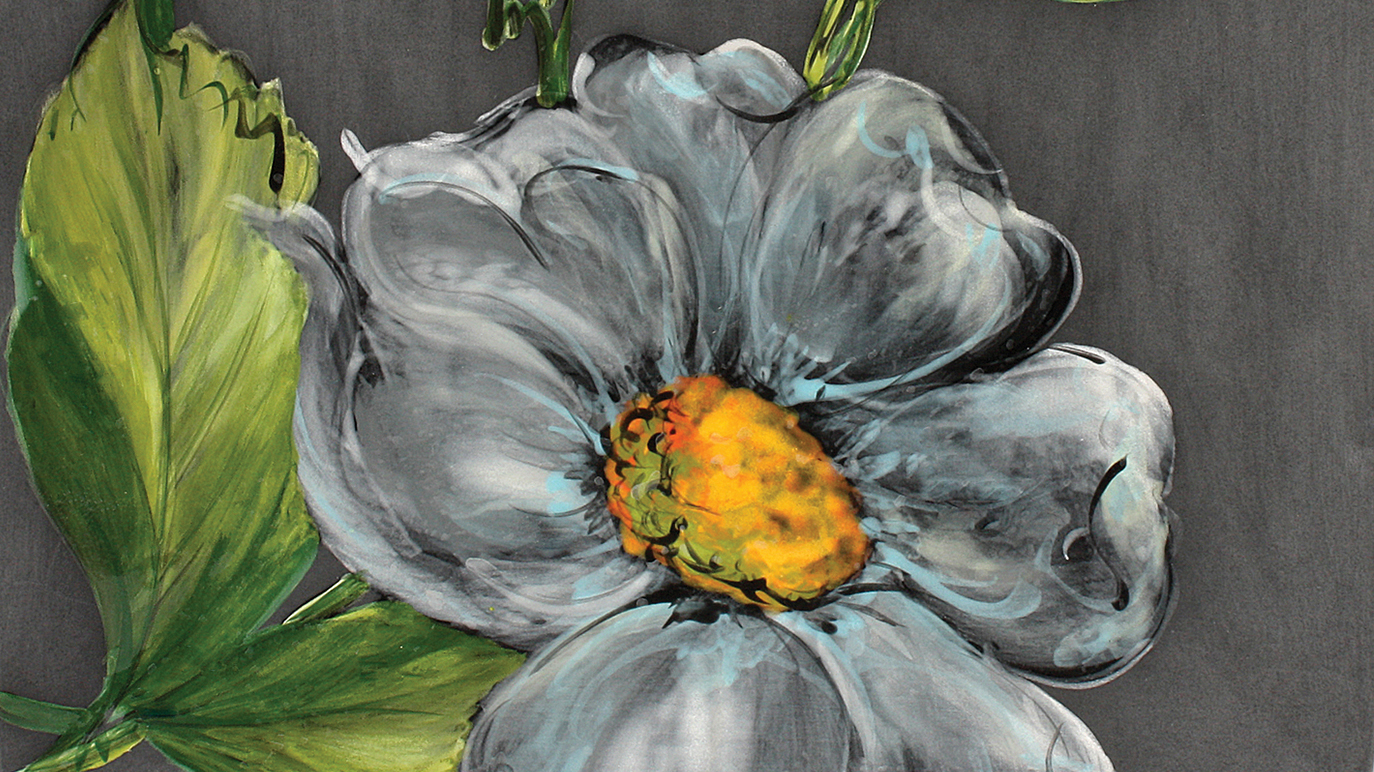
Mix colors to create something new; use brushstrokes to blend colors and create shading; layer them without concern of intermixing – great for Majolica – add thin lines and details with confidence as Fundamentals® will NOT move.
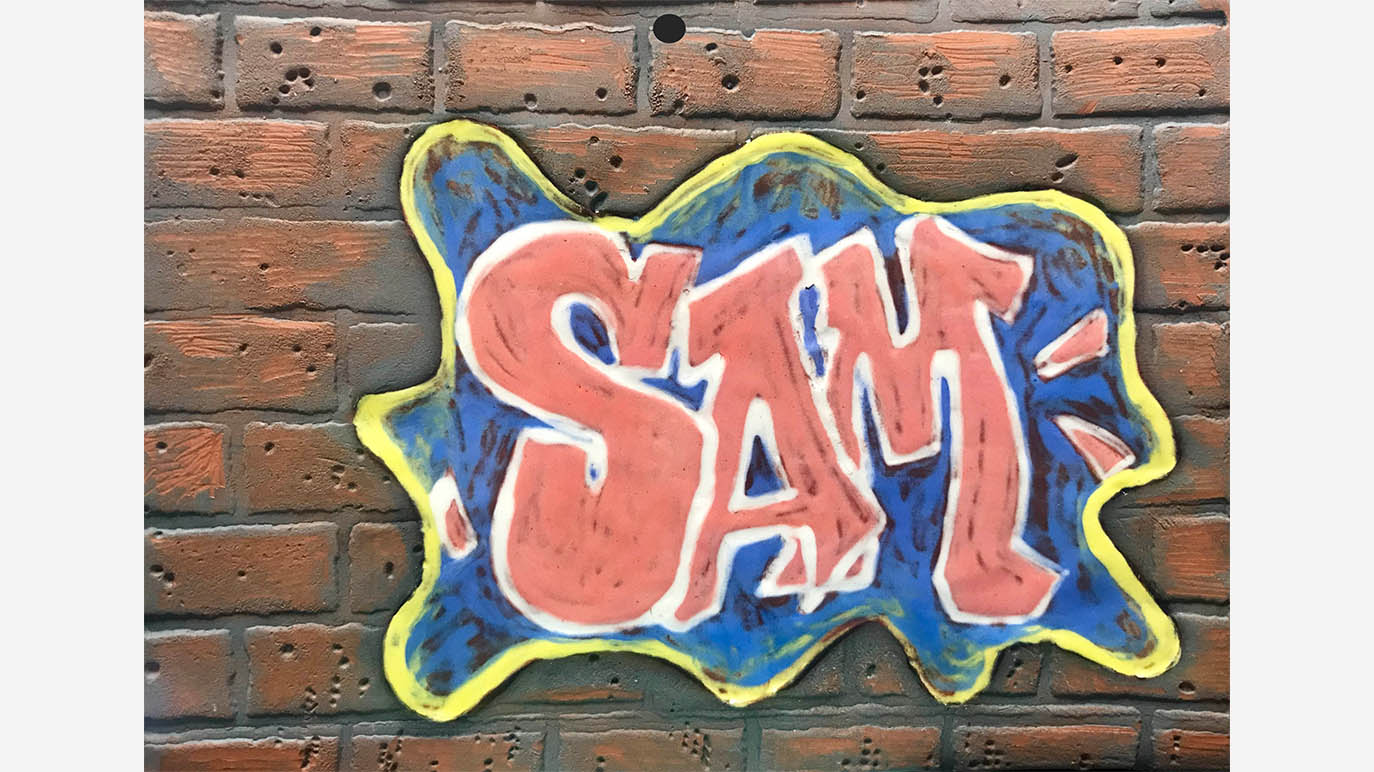
Apply Fundamentals® Underglazes directly to wet or leatherhard clay and fire to cone 04. Even on red clay, colors retain their vibrancy.
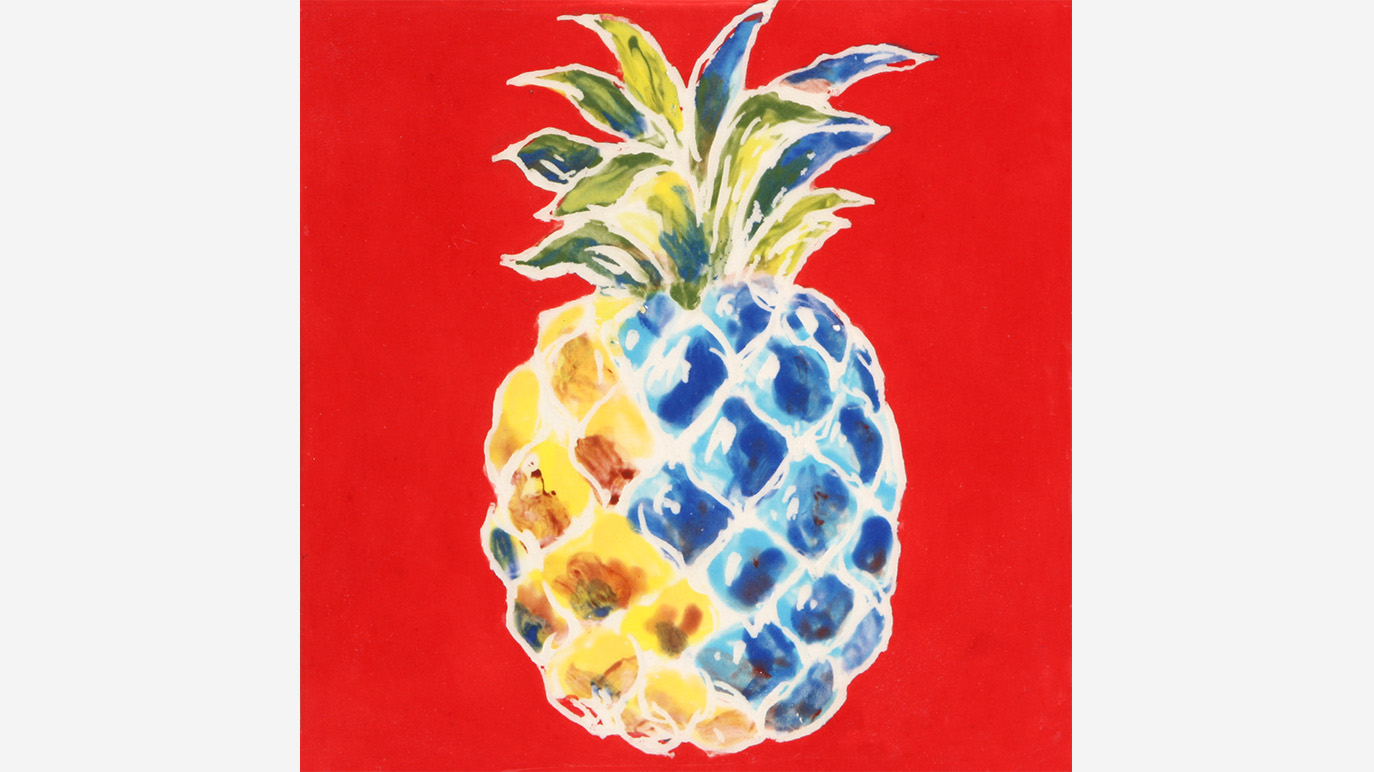
For a more traditional and painterly approach, dilute underglazes with water to create a thinned watercolor-like glaze. Use these tints to layer for seamless blending.
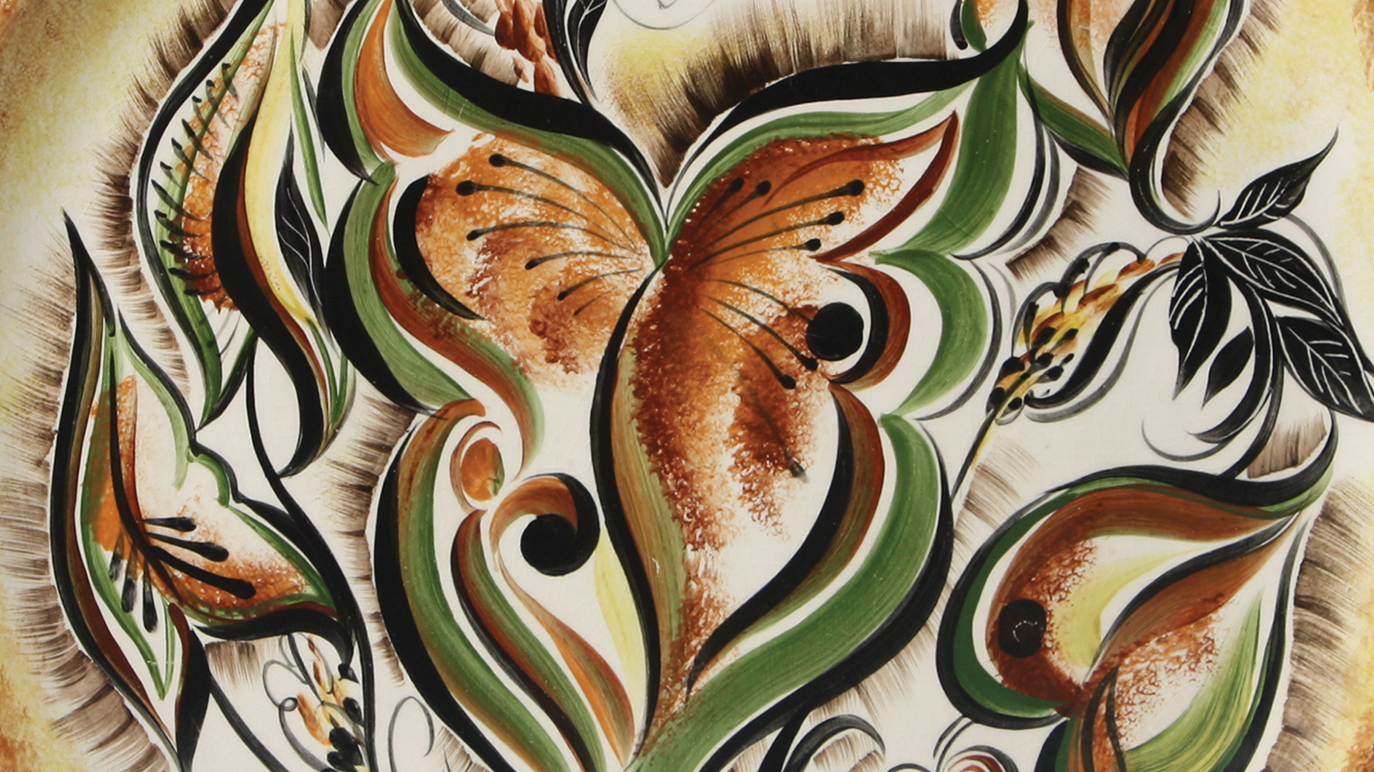
Much like using oil or watercolor, Fundamentals® Underglazes can be used to create a life-like portrait or landscape,. Use rendering, shading, blending and other painting techniques to add dimension and a sense of realism to your work.
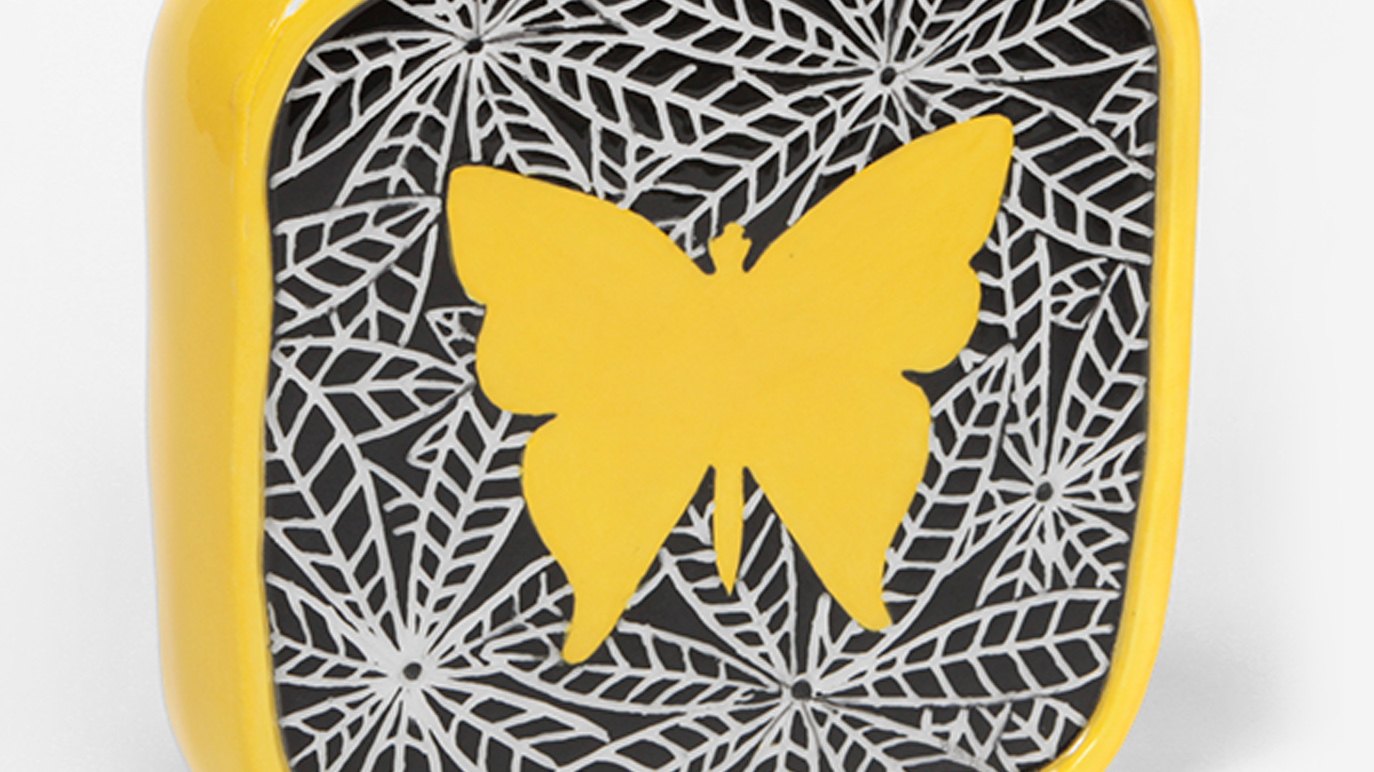
”To scratch” in Italian, sgraffito is produced by applying layers of Fundamentals® and carving through the glaze to create depth and add contrast to your designs. An impactful and dramatic way to use Fundamentals® on your ceramics or clay surface.

Fundamentals® can be used for delicate designs or all over coverage. Create variation by leaving some areas matte and others glossy with clear glaze.
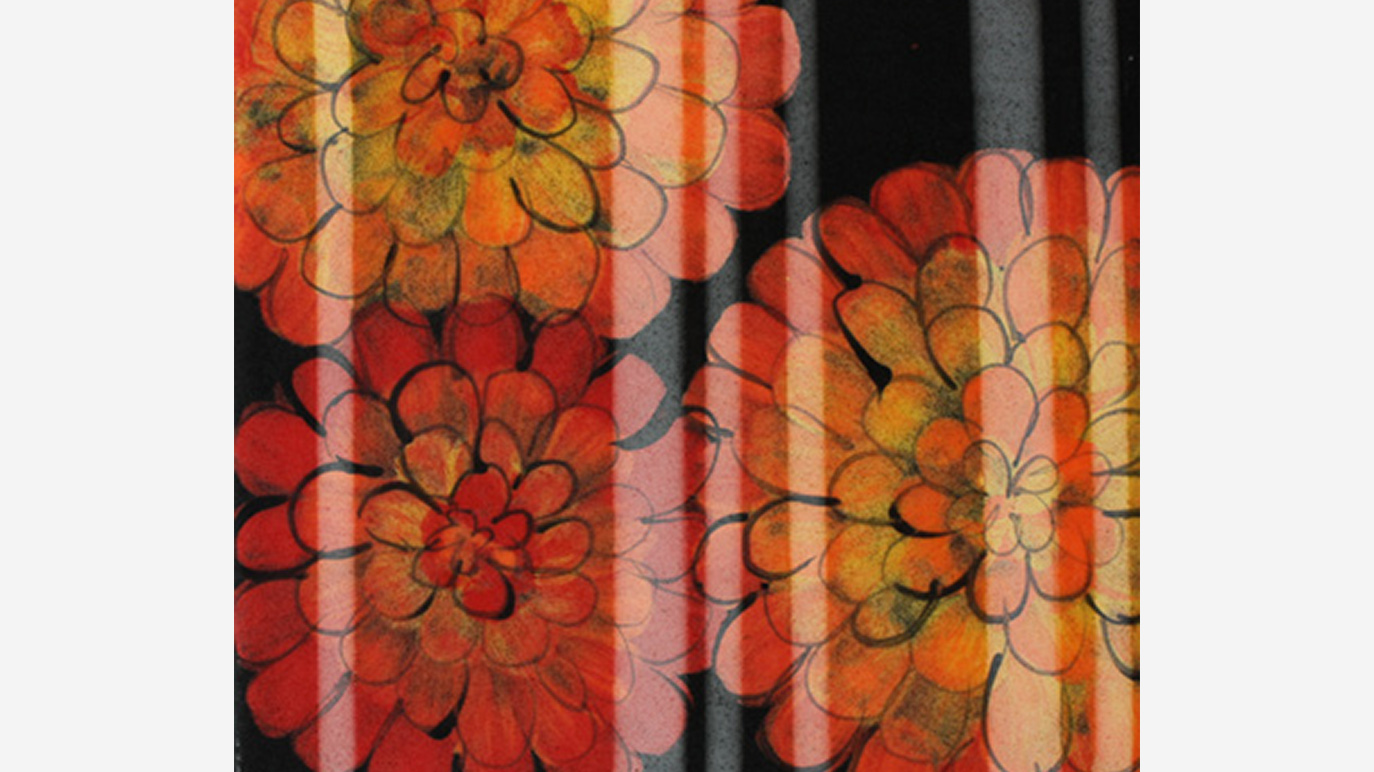
Fundamentals® can be co-fired with clear glaze in a single firing. This time-saver can be valuable for those in a classroom setting. Out-gassing can trap bubbles or create craters – adding a 15 minute hold will fix most surface issues.
Many Fundamentals® Underglazes perform well at mid-range (cone 5/6) and higher temperatures (cone 9/10). We recommend testing at your preferred firing temperature prior to use. Cone 6 performance is noted on each color’s label. Apply 2-3 even coats of Fundamentals® Underglazes to bisque. If the form you are painting has texture, dab excess color out of texture, and never allow the glaze to pool in the texture. Once the glaze is completely dry, paint 2-3 even coats of clear glaze over top. Once the clear glaze is completely dry, fire to cone 5/6.
Zinc Free Clear is a specialty clear glaze designed for use on glaze containing chrome-based pigments. Most of Mayco Fundamentals and Designer Liners will look best using Mayco’s SW-001 Stoneware Clear over them, however for Fundamentals Underglazes UG-21 Leaf Green, UG-22 Spring Green, UG-198 Dark Grey, UG-210 Forest Green, UG-232 Olive, and SG-405 Designer Liner Green, we recommend using Zinc-Free Clear to maintain color. It ensures that you will get brilliant smooth and crystal clear surfaces over these colors.
Fundamentals® Underglazes can be used to put a background color down before burnishing and applying horsehair or feathers in a raku firing.
While opaque Fundamentals® Underglazes can be applied to ware in many ways from brushing to sponging, there is an interesting technique that has survived the tests of time. One of the most striking looks can be achieved by polishing the surface of the color to produce a soft sheen, and then leaving it unglazed.
The finished surface resembles earthenware. This technique cannot be obtained by any other method and is unique to opaque Fundamentals™ Underglazes. The beautiful surface is achieved by buffing the opaque Fundamentals®Underglazes while it is still damp. While the surface is somewhat sealed, it will not be waterproof. This technique is only used on decorative items and is not suitable for surfaces that come into contact with food or drink. This technique creates a great background for spot glazing using a gloss or matte glaze. A smooth surfaced piece works best for polishing Underglazes rather than an embossed piece.
Care must be taken to avoid removing the color from sharp angles and rims. It is easy to scratch the ware accidentally with your fingernails, etc. Be careful when applying the color as any ridges or buildup of color will affect the end result. Use a silk sponge to apply the color to eliminate some of these problems and to give a different look. Some colors polish better than others.
Apply three coats of Fundamentals® Underglazes with a brush, in the usual manner, to assure all over coverage. Apply the colors very evenly and smoothly. Do not allow prolonged drying time between the coats. Thin the same color with water in equal proportions, mix well. Using a ball of soft facial tissue or soft T-shirt material, apply the thinned mixture to a small area about the size of the palm of your hand. When the shiny wet look disappears and the color will not stick to the pad, polish that area briskly. The pressure should be light and the movement fast. It is the friction from the polishing that develops the sheen.
Continue to apply the diluted color mixture to a small area at a time, each one slightly overlapping the previous one, until the entire piece has been polished. Now buff the entire surface again, without wetting, until a high sheen has developed. If the color looks blotchy, this will disappear as the piece dries. If you wish to add a design using other opaque Fundamentals® Underglazes, be careful not to mar the surface. Use a soft cloth to hold the piece to protect it from body oils and moisture. Wait until the piece has thoroughly dried before tracing the design so the pressure of the transferring does not mar the surface.
Fundamentals® Underglazes work great in a wide variety of applications and techniques. Such as greenware, bisque, with and without clear glaze, under other glazes, with silkscreens, graffito, and mishima.
The glazes may also be watered down to create a water color look or used for bold mass tones of color. Mix colors together to create a pallet for painting and they work well for highly detailed work as well as more loose design work.